As cities expand and construction demands increase, the environmental toll of concrete production has become a critical concern. Concrete is the most widely used building material globally, but its main ingredient, cement, comes with a significant carbon footprint. As per World Economic Forum, Cement production alone accounts for about 8% of global greenhouse gas emissions, a major contributor to climate change. With the need for greener alternatives, researchers are exploring innovative ways to reduce concrete’s environmental impact without compromising its essential strength and durability. One breakthrough solution is graphene-enhanced concrete, a material that uses the extraordinary properties of graphene to improve performance, reduce cement consumption, and make construction more sustainable.
Graphene-Enhanced Concrete: An Overview
Graphene-enhanced concrete is a groundbreaking material that incorporates graphene, a single layer of carbon atoms arranged in a hexagonal lattice, into traditional concrete. Discovered in 2004 by scientists Andre Geim and Konstantin Novoselov at the University of Manchester, graphene possesses extraordinary properties, such as being 200 times stronger than steel, incredibly light, flexible, and offering excellent thermal and electrical conductivity. Initially, graphene's potential seemed limited to fields like electronics and nanotechnology. However, recent advancements have shown its transformative potential in materials like concrete.
In 2014, researchers at the University of Exeter developed a method to disperse graphene nanoparticles uniformly in water, enabling the integration of graphene into concrete. Even a small addition—around 0.03% by weight—has shown significant improvements in concrete’s compressive and flexural strength. This enhancement means that less cement can be used in the mixture without compromising the performance of the concrete, thereby reducing the carbon footprint of its production.
Key Benefits of Graphene-Enhanced Concrete
Graphene-enhanced concrete offers multiple advantages over traditional concrete, addressing both environmental and structural concerns:
Reduced Cement Usage and Lower CO₂ Emissions
By incorporating graphene, manufacturers can reduce the required cement content by up to 50%. Given that cement production is one of the most significant sources of greenhouse gases, this reduction translates directly into decreased carbon emissions. With less cement required, the environmental impact of each construction project using graphene-based concrete is substantially lower, making it a more eco-friendly option.
Increased Strength and Durability
Graphene’s inherent strength makes concrete composites far stronger and more resilient. Studies show that graphene-enhanced concrete can be up to 25% stronger and up to four times less water-permeable than standard concrete. This improvement allows for lighter structures with similar or better load-bearing capacities, opening the door to more innovative architectural designs and reducing material usage in construction.
Water Resistance and Longevity
Concrete’s vulnerability to water damage is a major issue, particularly in structures exposed to harsh weather or corrosive environments. Graphene-based concrete is far less permeable to water, helping to prevent degradation and corrosion in structures such as bridges, tunnels, and marine constructions. This property not only reduces maintenance costs but also extends the lifespan of concrete structures, resulting in long-term environmental and economic benefits.
Potential to Eliminate Steel Reinforcement
The enhanced tensile strength of graphene-concrete composites could eventually eliminate the need for traditional steel reinforcement in certain applications. By reducing or even eliminating steel in concrete, these composites can help avoid issues related to corrosion, reduce construction costs, and simplify construction processes.
Cost Savings Through Efficiency
Although graphene can increase initial production costs slightly, the overall savings can be substantial. By reducing the amount of cement needed and potentially eliminating steel reinforcement, graphene-enhanced concrete offers a more efficient and cost-effective approach to construction. Estimates suggest that despite a 5% increase in production costs, graphene-concrete composites could deliver up to 20% savings over the lifetime of a project due to reduced material requirements and lower maintenance costs.
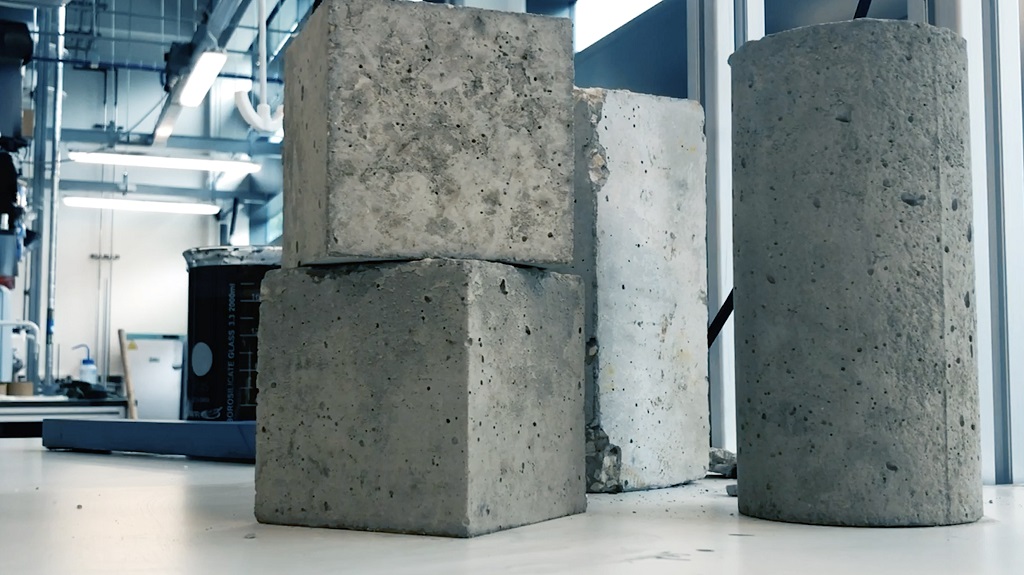
Applications of Graphene-Based Concrete
High-Rise Buildings
Graphene’s strength enables slimmer, lighter structures, reducing the need for heavy steel reinforcement in skyscrapers and lowering foundation loads.
Green Building Projects
With a smaller carbon footprint due to reduced cement content, graphene concrete aligns with sustainable building goals, offering strong, eco-friendly structures.
Specialized Lightweight Designs
Its superior strength allows for slimmer, lightweight panels and prefabricated slabs, ideal for architectural elements needing both aesthetics and durability.
Infrastructure Projects
Ideal for bridges, highways, tunnels, and railways, graphene-based concrete enhances durability, reduces maintenance needs, and supports sustainable construction efforts. Industry
Innovations in Graphene-Enhanced Concrete
Several companies are pushing the boundaries of graphene-enhanced concrete, transitioning it from the lab to real-world applications.
The UK-based Nationwide Engineering Research and Development (NERD) launched Concretene, a graphene-enhanced concrete mix designed for direct dosing at batching plants. Concretene’s strength increase of 30–50% compared to traditional RC30 concrete has already led to trials with Network Rail in the UK. The material is expected to help meet an 11% reduction in CO₂ emissions over the next four years, while offering an overall cost reduction of 10–20% due to its durability and material efficiency.
In Australia, First Graphene Ltd. has introduced a line of graphene additives under the PureGRAPH brand. The product PureGRAPH AQUA is specifically designed for concrete, allowing graphene particles to disperse evenly in water, improving concrete's strength and durability at low concentrations. This breakthrough simplifies the adoption of graphene-enhanced concrete by construction companies without altering their existing mixing processes.
In the United States, GrapheneCA has developed a graphene-enhanced concrete additive that is being used in various infrastructure projects such as roadways, bridges, and residential buildings. By incorporating graphene oxide into concrete, the company has created a more resilient and durable material, reducing maintenance needs and extending the lifespan of structures. They are scaling up production to meet the growing demand for sustainable construction solutions.
In China, Hunan Huagong University has partnered with industry leaders to integrate graphene into concrete formulations. Their research focuses on optimizing graphene dispersion and improving cost-effectiveness for large-scale projects. This collaboration has already seen successful implementation of graphene-enhanced concrete in several high-rise buildings, demonstrating its potential for creating lightweight, high-strength structures
Challenges and the Path Forward
Despite the promising potential of graphene-based concrete, challenges remain before it can be widely adopted. The primary hurdle is the high cost of graphene production. Scaling up graphene manufacturing to make it more affordable will be crucial for mainstreaming graphene-enhanced concrete. Research into more efficient and cost-effective graphene production methods, as well as broader commercial applications, is ongoing.
Furthermore, more testing and research are needed to understand how graphene-concrete composites perform over time under different environmental conditions. As these studies progress, the construction industry will gain greater confidence in the material’s reliability and benefits, potentially leading to wider adoption.
The Future of Sustainable Construction
Graphene-based concrete represents a pivotal advancement in the quest for sustainable building materials. With its unique combination of reduced environmental impact, increased durability, and cost efficiency, graphene-enhanced concrete has the potential to transform the construction industry. If widely adopted, it could reduce the carbon footprint of buildings and infrastructure, supporting global efforts to mitigate climate change.
Images-placenorthwest, ribaj.com, graphene-flagship

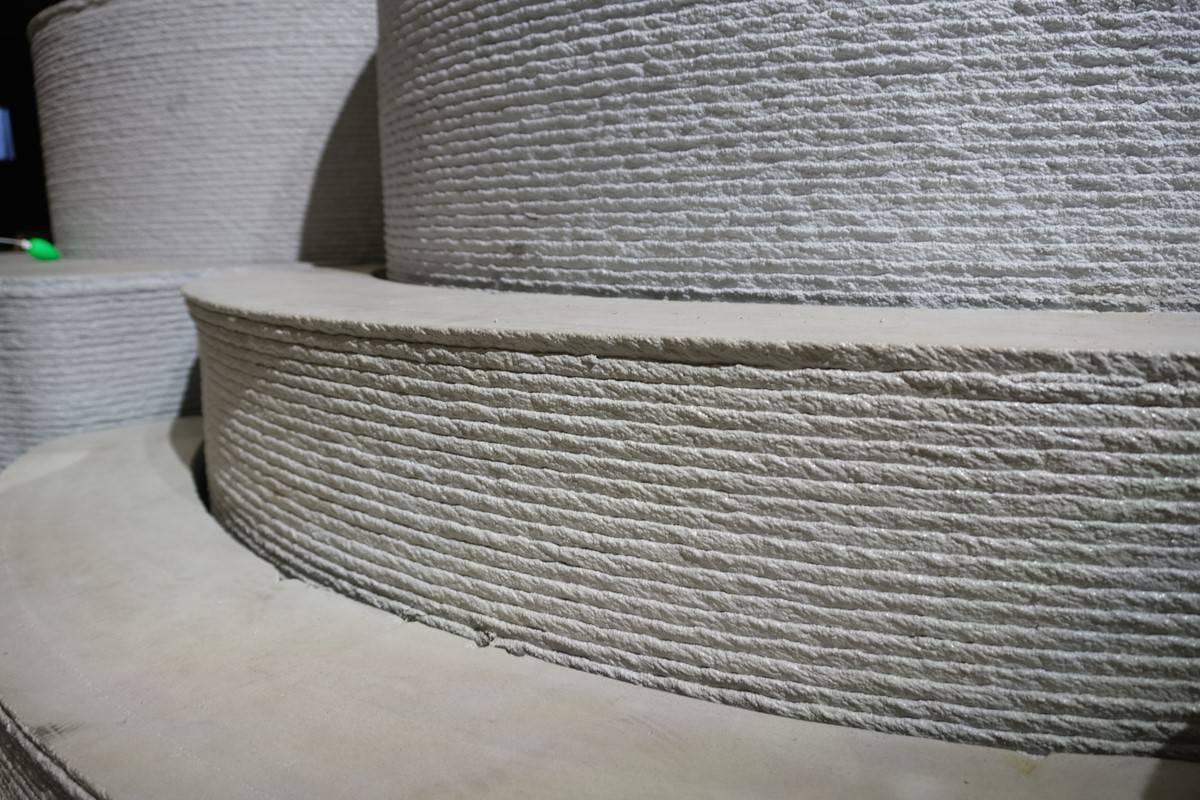
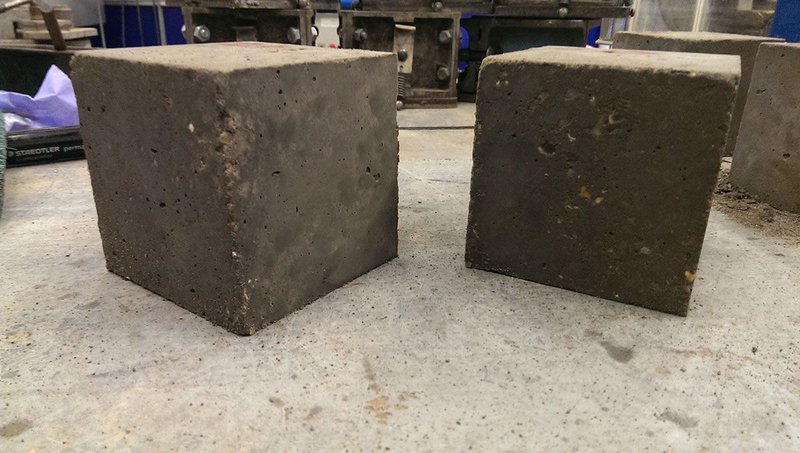


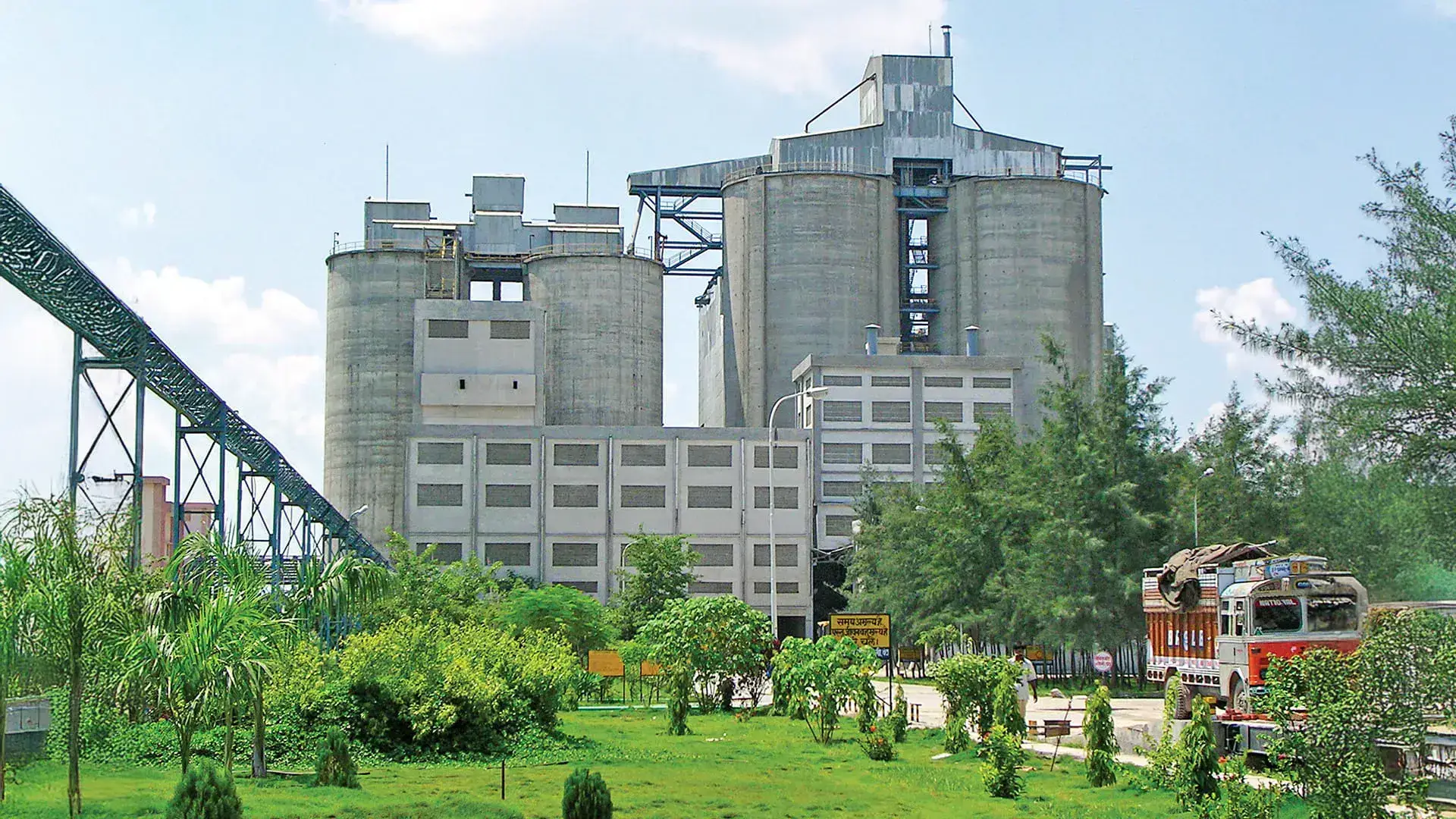

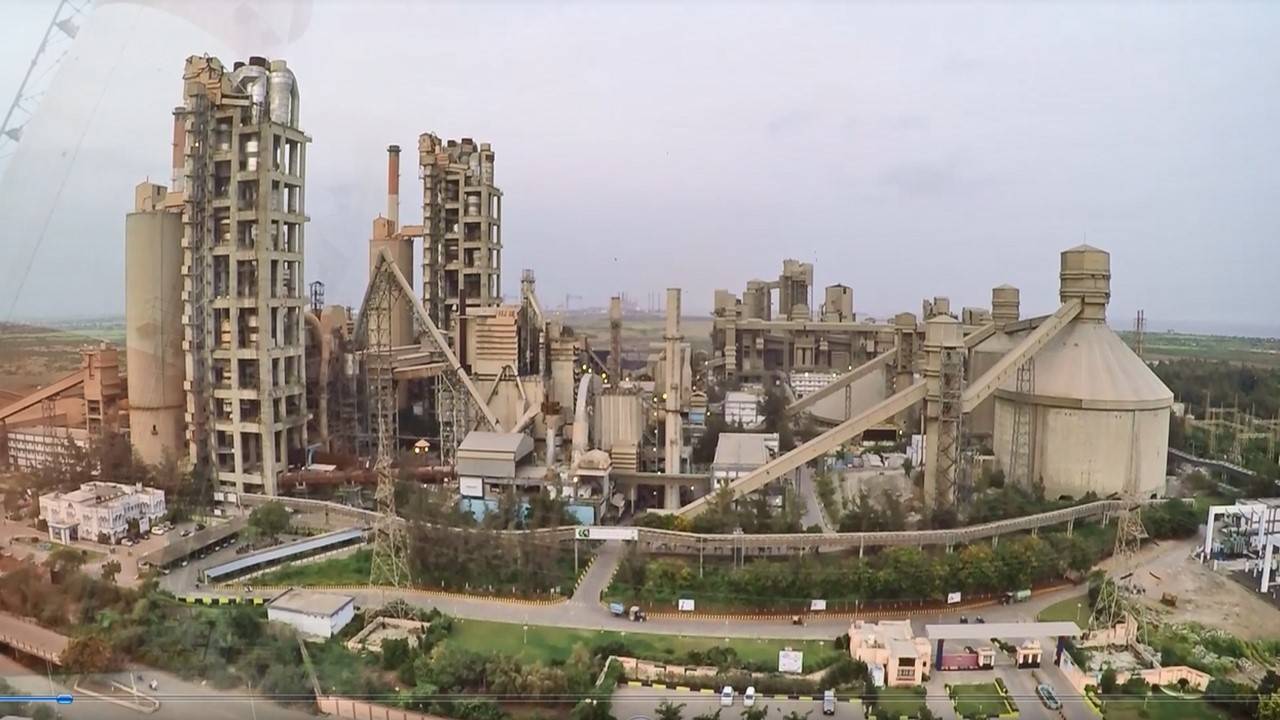

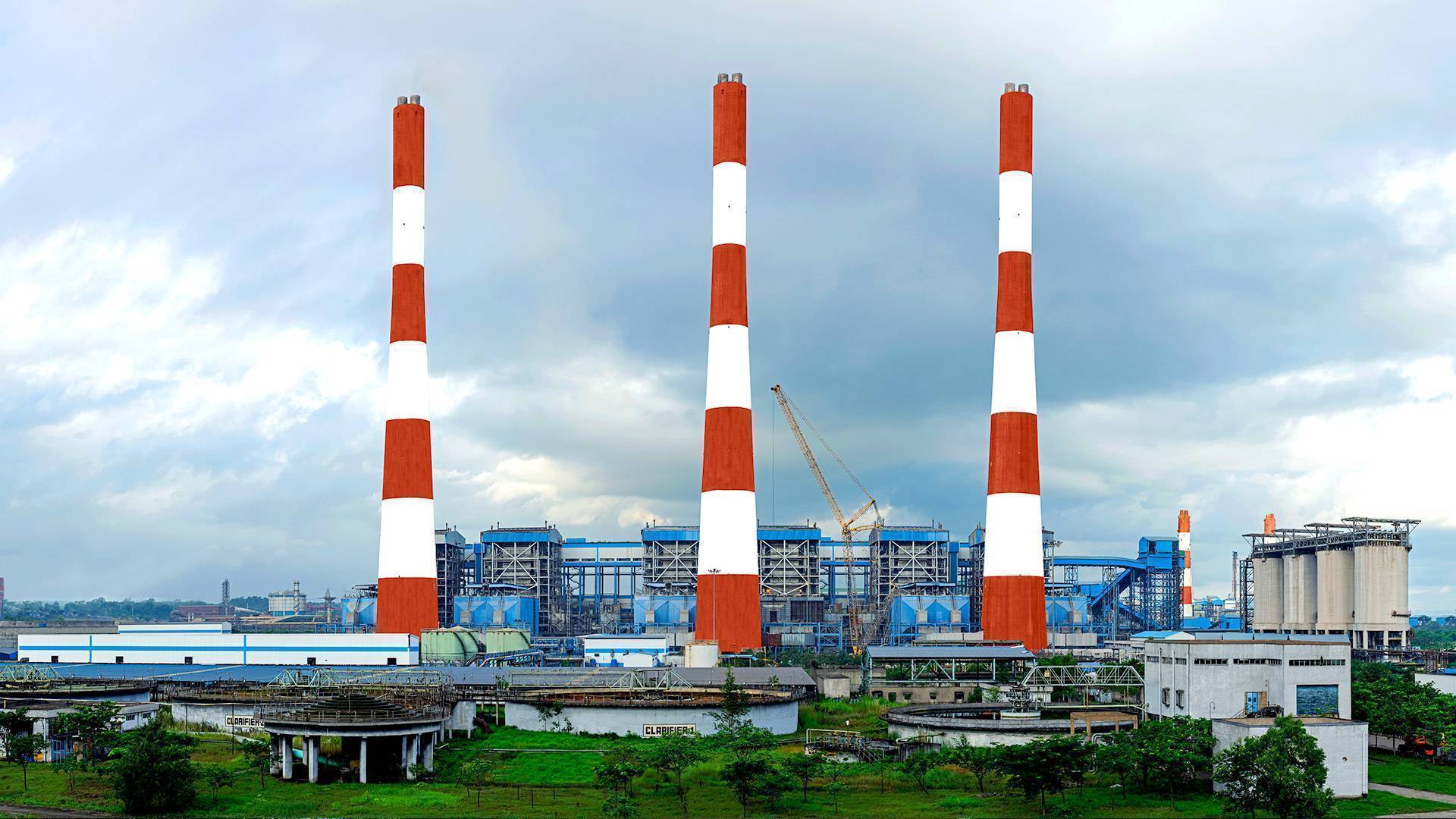
.png)